- Home
- Articles
- Architectural Portfolio
- Architectral Presentation
- Inspirational Stories
- Architecture News
- Visualization
- BIM Industry
- Facade Design
- Parametric Design
- Career
- Landscape Architecture
- Construction
- Artificial Intelligence
- Sketching
- Design Softwares
- Diagrams
- Writing
- Architectural Tips
- Sustainability
- Courses
- Concept
- Technology
- History & Heritage
- Future of Architecture
- Guides & How-To
- Art & Culture
- Projects
- Interior Design
- Competitions
- Jobs
- Store
- Tools
- More
- Home
- Articles
- Architectural Portfolio
- Architectral Presentation
- Inspirational Stories
- Architecture News
- Visualization
- BIM Industry
- Facade Design
- Parametric Design
- Career
- Landscape Architecture
- Construction
- Artificial Intelligence
- Sketching
- Design Softwares
- Diagrams
- Writing
- Architectural Tips
- Sustainability
- Courses
- Concept
- Technology
- History & Heritage
- Future of Architecture
- Guides & How-To
- Art & Culture
- Projects
- Interior Design
- Competitions
- Jobs
- Store
- Tools
- More
Top Best Practices in Modern Interior Architecture for Stylish and Functional Spaces
Discover the best practices in modern interior architecture, blending functionality, sustainability, and aesthetics. Explore versatile layouts, natural light, sustainable materials, and smart home technologies to create adaptable, stylish, and wellness-focused spaces.
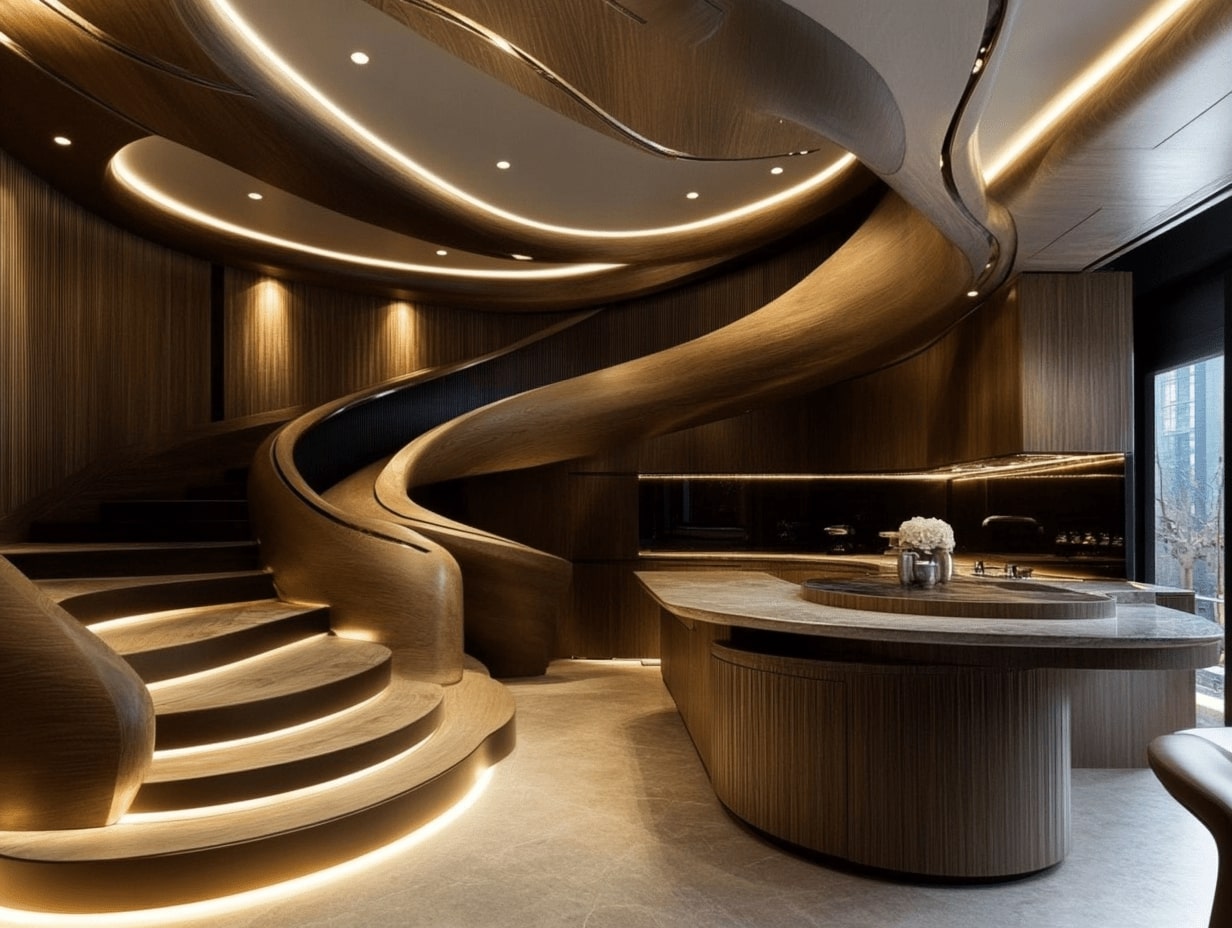
Designing spaces that are both functional and visually stunning has become an art form in modern interior architecture. As our lifestyles evolve, so do our expectations of the spaces we inhabit. We want environments that reflect our personality, meet our practical needs, and inspire creativity—all while staying on-trend.
From maximizing natural light to incorporating sustainable materials, modern interior architecture is all about striking the perfect balance between aesthetics and usability. It’s not just about how a space looks; it’s about how it feels and works for us. By following best practices, we can transform any space into one that’s timeless, efficient, and uniquely ours.
Let’s explore how thoughtful design principles can elevate interiors, ensuring they’re not just beautiful but also deeply functional.
Table of Contents
ToggleUnderstanding Modern Interior Architecture
Modern interior architecture integrates aesthetic appeal with practicality, creating spaces that serve purposeful functions while maintaining visual harmony. This approach adapts to the evolving needs of individuals, balancing innovative design techniques with user-centric solutions.

Emphasis on Space Utilization
Efficient space utilization is central to modern interior architecture. Designers optimize layouts by removing unnecessary partitions and incorporating open floor plans. For example, kitchen-dining areas are often combined to enhance flow and usability.
Integration of Natural Elements
Incorporating natural elements connects indoor environments with the outdoors. Large windows, skylights, and open courtyards allow sunlight and fresh air to enhance energy efficiency and reduce dependence on artificial lighting.
Use of Sustainable Materials
Selecting eco-friendly materials helps reduce ecological impact. Common choices include reclaimed wood, bamboo flooring, and recycled metal accents. These options align with sustainability goals without compromising aesthetics.
Flexible and Multifunctional Design
Modern interiors adapt to diverse needs through multifunctional furniture and flexible layouts. Examples include hidden storage units, foldable desks, and modular seating, which maximize functionality and create adaptable spaces.
Subdued Color Schemes and Textures
Neutral color palettes dominate modern designs to provide a calming backdrop. Textures such as matte finishes, exposed concrete, and natural stone add depth and visual interest while maintaining simplicity.
These interconnected features shape modern interior architecture, aligning cutting-edge concepts with individual needs to create harmonious and functional living spaces.
Key Principles Of Modern Interior Architecture
Modern interior architecture centers on creating spaces that blend simplicity, functionality, and aesthetic appeal. Through strategic design elements, we aim to craft environments that promote comfort and practicality without compromising style.
Minimalism And Functionality
We prioritize clean lines, uncluttered layouts, and purposeful furnishings in minimalist designs. By eliminating excess, such as non-essential decorative elements, we ensure functional spaces that encourage relaxation and productivity. For example, furniture with integrated storage, such as ottomans or beds with drawers, combines practicality with streamlined appearance. This principle supports efficiency while maintaining visual harmony.
Emphasis On Open Spaces
Open spaces emphasize connectivity and versatility in modern interiors. We remove partition walls, use multifunctional zones, and implement open-plan layouts that foster fluid navigation and social interaction. A kitchen that flows seamlessly into the living area is an example of this concept, enabling cohesive living patterns. This approach enhances room adaptability and increases perceived spaciousness.
Integration Of Natural Light
Maximizing natural light is fundamental to modern interior architecture. Through features like floor-to-ceiling windows, skylights, and reflective surfaces, we make interiors brighter and more energy-efficient. Large glass panes in living spaces not only illuminate rooms but also establish a connection with outdoor surroundings. This technique promotes well-being, reduces reliance on artificial lighting, and aligns with sustainable design practices.

Best Practices In Design And Layout
Modern interior architecture thrives on a thoughtful balance of design and functionality. Incorporating effective planning, sustainable materials, and a seamless blend of aesthetics with practicality ensures spaces meet diverse needs.
Effective Space Planning
Strategic planning enhances functionality and flow in any interior space. We focus on open layouts to optimize movement and connectivity. Zoning areas for specific purposes, like separating workspaces from relaxation zones, maintains balance. Incorporating multifunctional furniture, such as storage-integrated seating or expandable tables, maximizes usability in smaller spaces. Pathways and room transitions remain uncluttered to encourage accessibility and create a spacious feel.
Selecting Sustainable And High-Quality Materials
Material selection prioritizes sustainability and durability. We use reclaimed wood, bamboo, and recycled metals to reduce ecological impact without sacrificing quality. Choosing low-VOC paints and finishes improves air quality, enhancing occupant health. High-quality materials, including quartz countertops and engineered wood flooring, ensure longevity and reduce the need for frequent replacements. Mixing sustainable choices with visually appealing textures and finishes maintains aesthetic harmony.
In projects where comfort and efficiency matter, designers sometimes integrate radiant floor heating solutions alongside these material choices. This kind of system delivers gentle, even warmth that supports both energy savings and a cozy atmosphere.
Balancing Aesthetic And Practicality
Achieving a balance between visual appeal and usability defines modern interior design. We integrate sleek, minimalistic forms that align with functionality, ensuring no space feels overdesigned or impractical. Neutral color palettes form calming backdrops, while accent pieces like vibrant textiles or artistic lighting fixtures add character. Built-in shelving and concealed storage preserve cleanliness and organization, maintaining both stylish and practical interiors.

Enhancing User Experience In Interior Architecture
Prioritizing user experience in interior architecture ensures spaces align with individual needs, lifestyles, and preferences. Thoughtful design fosters functionality, comfort, and emotional well-being, elevating how people interact with their environments.
Personalization And Adaptability
Personalized interiors resonate with users by reflecting their tastes and requirements. Custom-built furniture, adaptable storage solutions, and modular layouts cater to diverse lifestyles. Multifunctional spaces, such as combining workstations with living areas, utilize square footage efficiently, supporting varied activities.
Adaptability in design accommodates changing needs over time. Retractable walls, convertible furniture, and adjustable lighting systems allow seamless transitions between uses. For example, a collapsible dining table transforms into a workspace, optimizing space without sacrificing design aesthetics. Personalization paired with flexibility creates interiors that remain relevant and functional long-term.
Focus On Wellness And Comfort
Design choices influence comfort and well-being significantly. Ergonomic furniture reduces physical strain, while acoustic materials minimize noise disruptions in shared spaces. Features like underfloor heating or well-placed ventilation systems contribute to consistent indoor temperatures, ensuring comfort year-round.
Biophilic design enhances wellness by integrating natural elements into interiors. Green walls, indoor plants, and water features improve air quality and create calming atmospheres. Natural light amplified by large windows or mirror placements elevates mood and productivity, supporting mental and emotional health. Comfortable, healthy interiors prioritize user needs holistically, empowering occupants through thoughtful design elements.
Conclusion
Modern interior architecture thrives on the balance between functionality, sustainability, and aesthetic appeal. By integrating principles like efficient space planning, open layouts, and natural elements, we create interiors that enhance usability and emotional well-being. The use of sustainable materials, combined with advanced technologies like smart home systems, supports environmental goals while improving convenience and energy efficiency.
Prioritizing versatility and personalization, we can design adaptable spaces that cater to diverse needs. Features such as modular furniture and retractable walls align interiors with changing lifestyles, ensuring long-term relevance. Wellness-driven design, encompassing biophilic elements, ergonomic solutions, and effective climate control, fosters healthier and more comfortable environments.
Focusing on simplicity, connectivity, and user-centered design ensures that modern interiors remain innovative, practical, and visually captivating. Through thoughtful integration of aesthetics and utility, we can redefine architectural spaces to reflect contemporary living while prioritizing sustainability and well-being.
- best color palettes for stylish spaces
- best contemporary interior planning tips
- best ergonomic interior architecture approaches
- best functional interior design strategies
- best interior material selections
- best lighting design for modern interiors
- best minimalist interior techniques
- best modern interior architecture practices
- best smart-home interior integrations
- best space-saving interior layouts
- best stylish interior architecture ideas
- best sustainable interior architecture solutions
- chic home interiors
- creative interior solutions
- eco-friendly interior design
- interior architecture trends
- interior design functionality
- interior space planning
- minimalist interior architecture
- modern home renovation
- sleek interior design
- smart home design solutions.
- sustainable home design
- urban modern design
3 Comments
Submit your architectural projects
Follow these steps for submission your project. Submission FormLatest Posts
Modern American Homes: Interior Design Trends to Watch in 2026
Interior design in the United States is evolving toward warmer, more adaptable,...
BXB Studio’s Hybrid Interior: Redefining the Modern Architectural Workplace
The Warsaw headquarters of BXB Studio was established in a modest 70...
5 Must-Know Interior Design Trends in American Homes
From warm minimalism to bold oversized artwork, these five interior design trends...
How Open Kitchens Create a Sense of Space Indoors (Without Sacrificing Function)
Open kitchens: see how sightlines, lighting, and smart layouts make rooms feel...






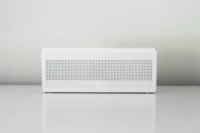


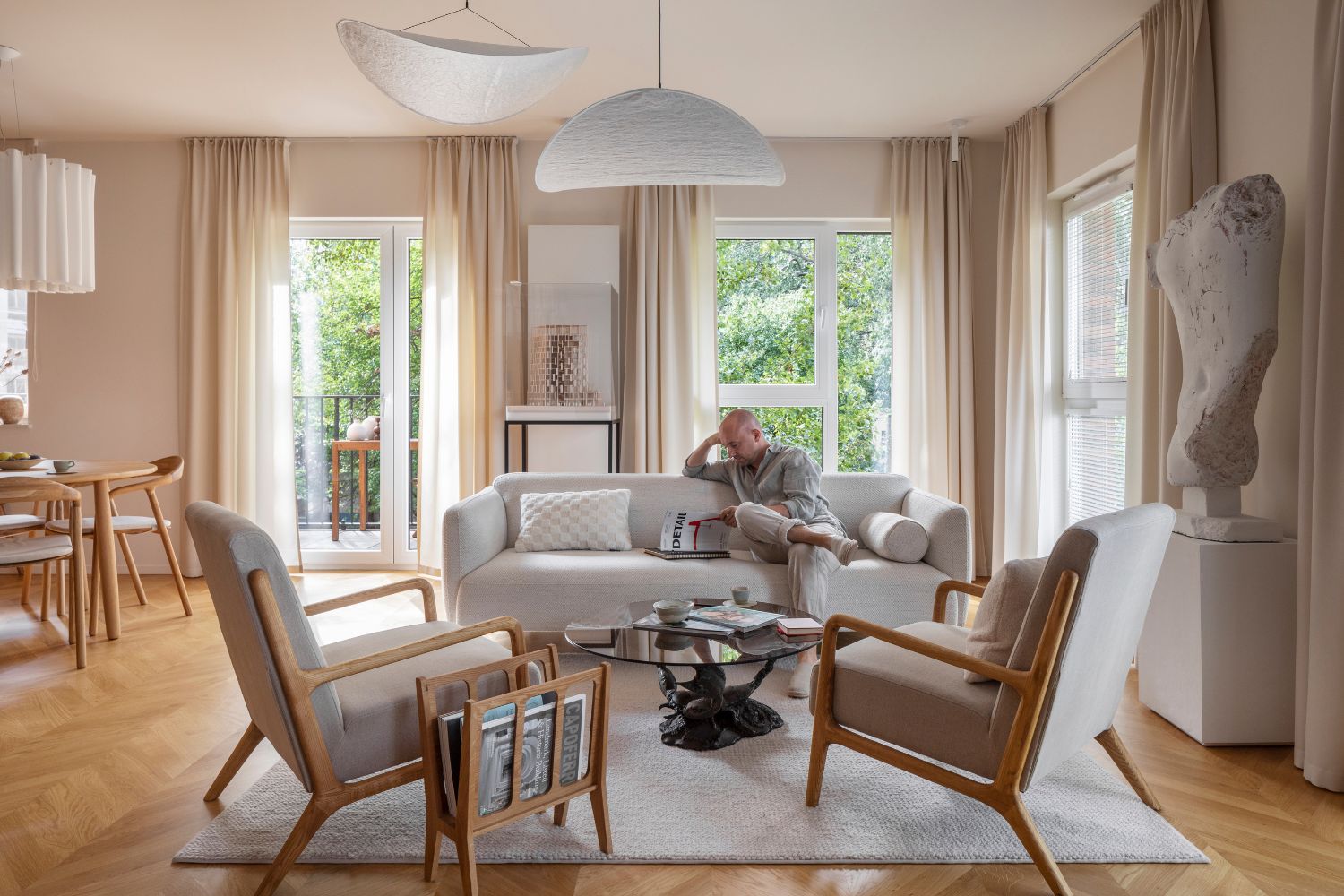
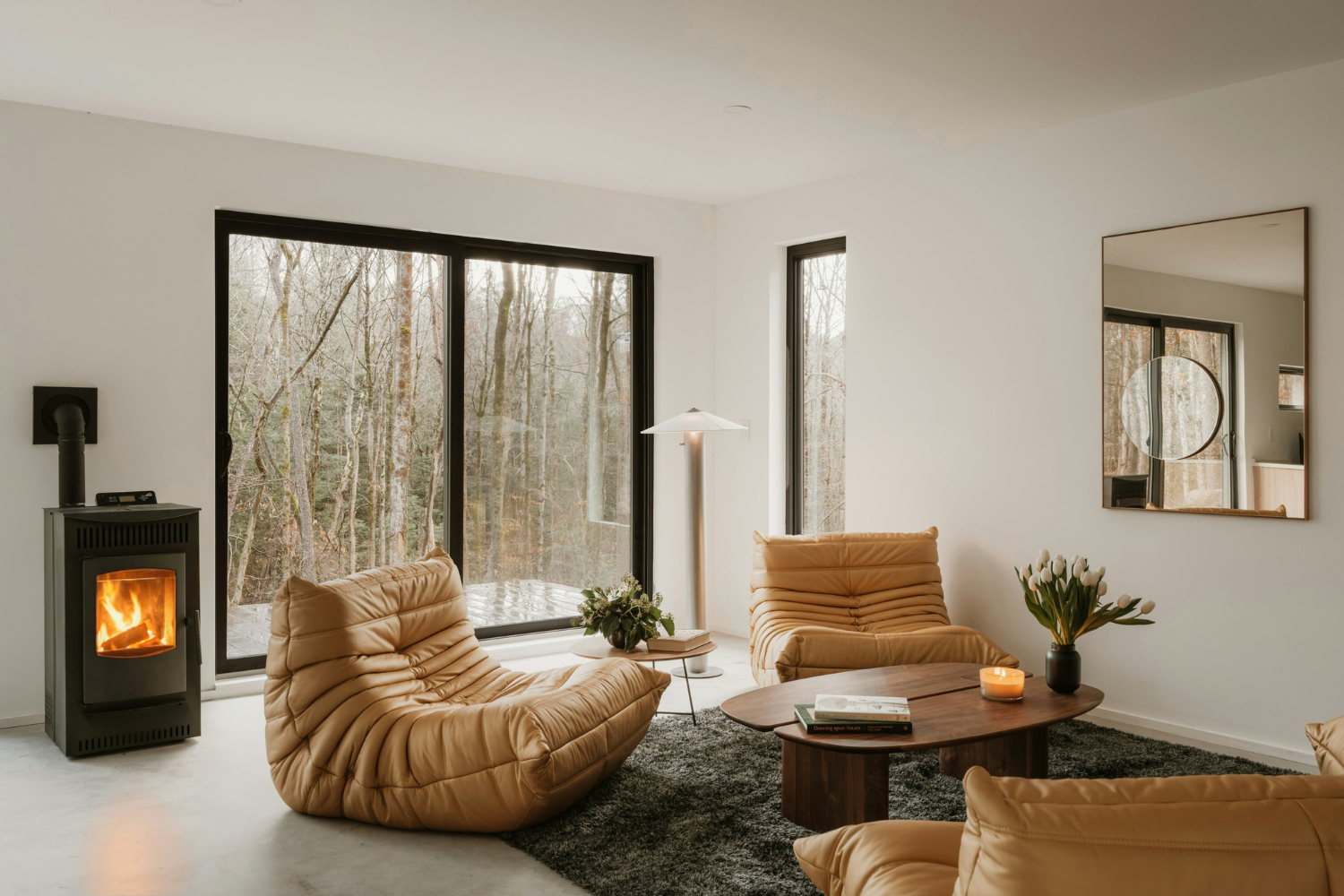
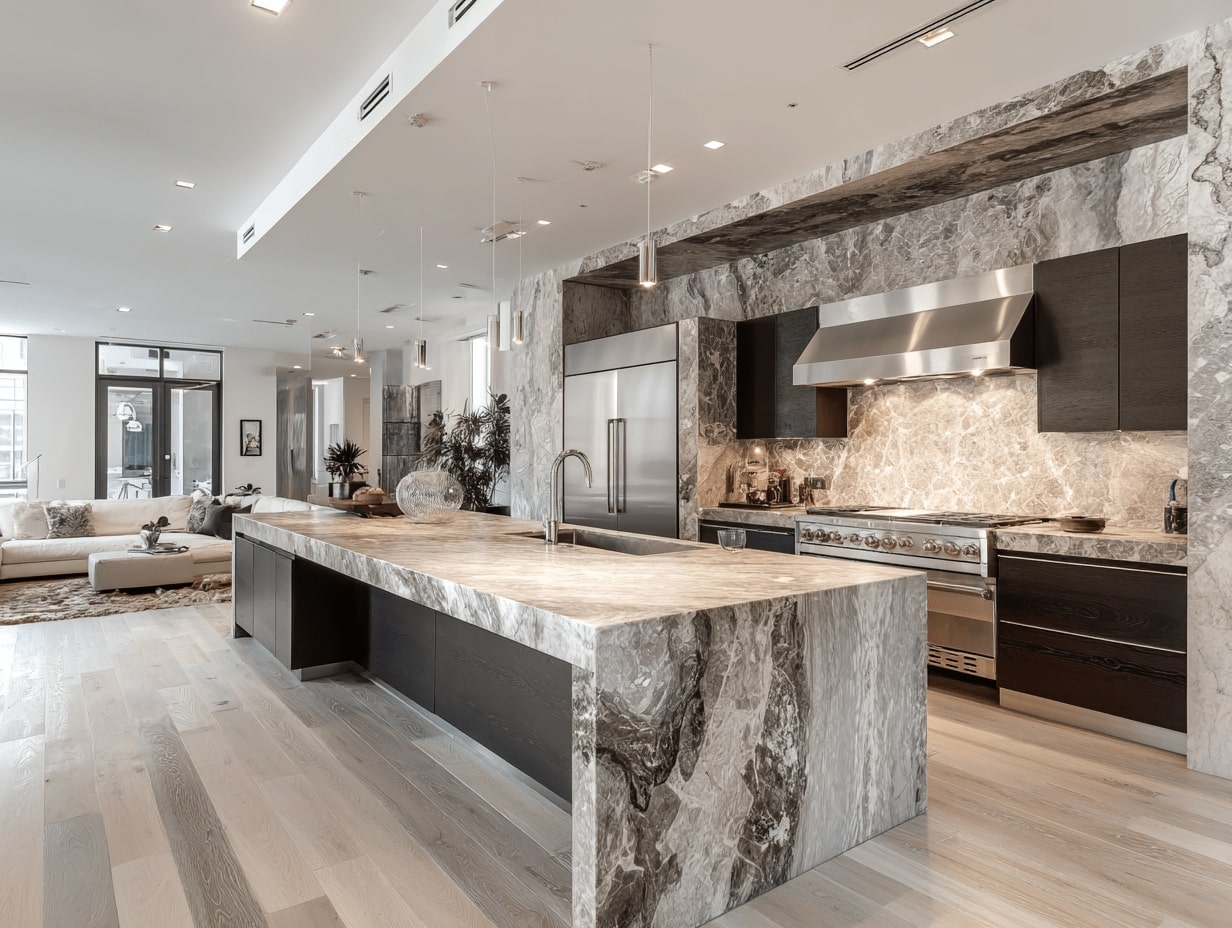
The ideas in this article about modern interior design are interesting. I like how it talks about using natural light and sustainable materials.
This post covers some good points on space utilization. Open floor plans seem practical for many homes.
I found the section on multifunctional furniture useful. It’s nice to see how design can adapt to different needs.